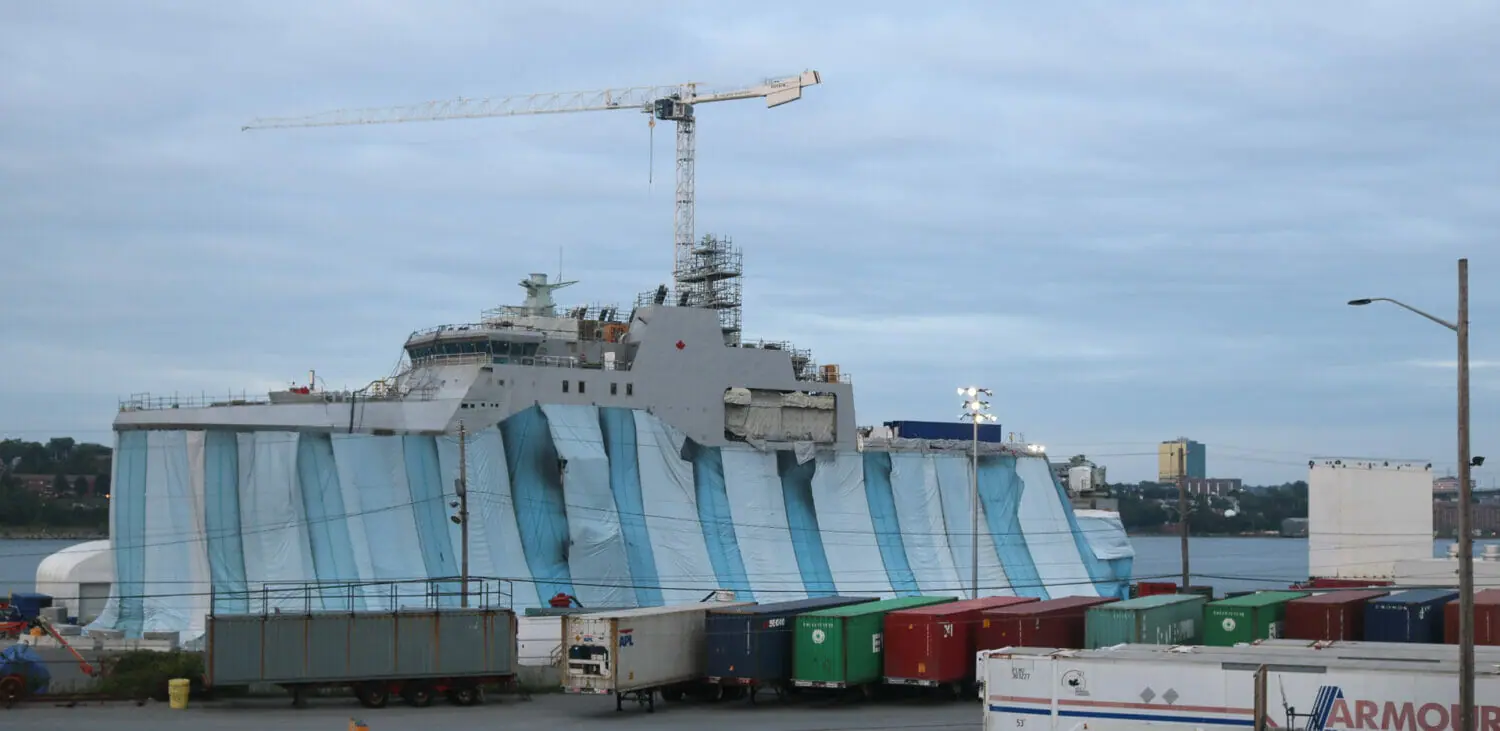Editor’s note: Matt Stickland is a retired Officer of the Royal Canadian Navy.
There have been a lot of crazy policies coming out of the United States in recent months. Like, tearing families apart, losing trade wars and throwing hissy fits in the direction of the NFL.
For this foreign policy nerd Trump’s most egregious error came at a breakfast in Brussels when he demanded that NATO allies pay four per cent of their GDP on military spending.
While Canadian politicians have stayed away from the four per cent Trump put forward, some Conservative politicians have said that we should be spending at least two per cent, as is NATO policy.
It seems like a good idea in theory, but in practice it’s dumb.
Understanding why increasing spending on the Canadian Forces is a bonehead move requires a bit of context on the role our military plays in politics. According to a study published in 2018 by Earnscliffe Strategy Group, most Canadians have only a vague understanding of the military, and the role it plays in Canada.
This is probably because when the military does make headlines it’s almost always bad news.
Like how the army can’t buy decent boots.
Or when the air force scavenges spare parts from a museum.
Or when the navy has to ban alcohol because sailors got too drunk.
Or for being sexist.
Or racist.
The best example of how spending money doesn’t lead to a better military is when the government buys Irving ships for the Navy at $700 million per ship, even though other countries can make the same ship for $70 million. The inflated price was sold as acceptable because Irving is headquartered in our very own Halifax, which should mean jobs for Canadians.
But Irving isn’t employing Canadians in the numbers they were supposed to. They’re bringing in a lot foreign workers and not giving their Canadian workers sick days.
This is all without addressing the fact that we can’t even use the ships as warships because they have the same, or less, capability than a drone.
Canadian politicians have always been able to put military capability on the back burner. The assumption was that Canada can count on the U.S. to honour our alliance. That used to be true. Until Trump.
Before Trump there was no question whether our southern allies would come to Canada’s aid. Would Trump’s now-great-again-America come to Canada’s aid today if Russia annexed part of the North? The uncertainty coming out of the White House means that we can’t count on our most trusted ally to have our back, no matter what. Since we can’t count on them, we need to defend ourselves.
With the headlines making the Canadian Forces seem like a perpetual tire-fire and with a renewed need for a better equipped military, it seems like to Canada should fix these problems by opening the coffers.
The glaring hole in this plan is that spending money doesn’t guarantee that the military will be able to complete its missions. We could hit a two per cent of GDP on military spending target if we gave the Irvings a couple more shipbuilding contracts. We could hit it if we increased veterans’ pensions and benefits. But spending too much on ships with no real weapons, or making sure our veterans are well cared for doesn’t mean that the military is better equipped to fight a war. We could hit any spending target if we bought trillions of sleeping bags and backpacks, which – although wouldn’t increase capability – it needs.
If we spend ship loads of money on sleeping bags, pensions or ship building it’s no guarantee that the military can complete the tasks given to it.
The reason we’re spending $3.2 billion on the DeWolf class of ships is to defend our arctic sovereignty. The amount of ice that DeWolfs can sail in is so low they’ve been called “slush-breakers” by detractors. With a single small cannon and a couple machine guns the ship can’t defend itself against most military threats, it can’t make a dent in a warship, submarine or plane.
If Canada is serious about national defense it needs to ignore any spending target. Instead Canada needs to define what it wants its military to do and buy whatever equipment is needed to do that. We need to stop trying to shoehorn ‘made in Canada’ solutions into military spending to court voters.
Typically, these ships cost no more than $70 million dollars each, and that price tag includes designing the ship. We paid Irving $288 million for just the design. If we had bought the ships that Irving is making from a country like Poland, we’d have saved billions.
If injecting money into the Canadian economy is the goal, the savings could have paid for five basic income pilot projects like the one cancelled by Doug Ford.
It could have been around $3,000 for every Nova Scotian. But no, instead we’re paying Irving $3.2 billion to line their pockets and hire foreign workers so they can give us manned drones behind schedule and over budget.


Recent Comments